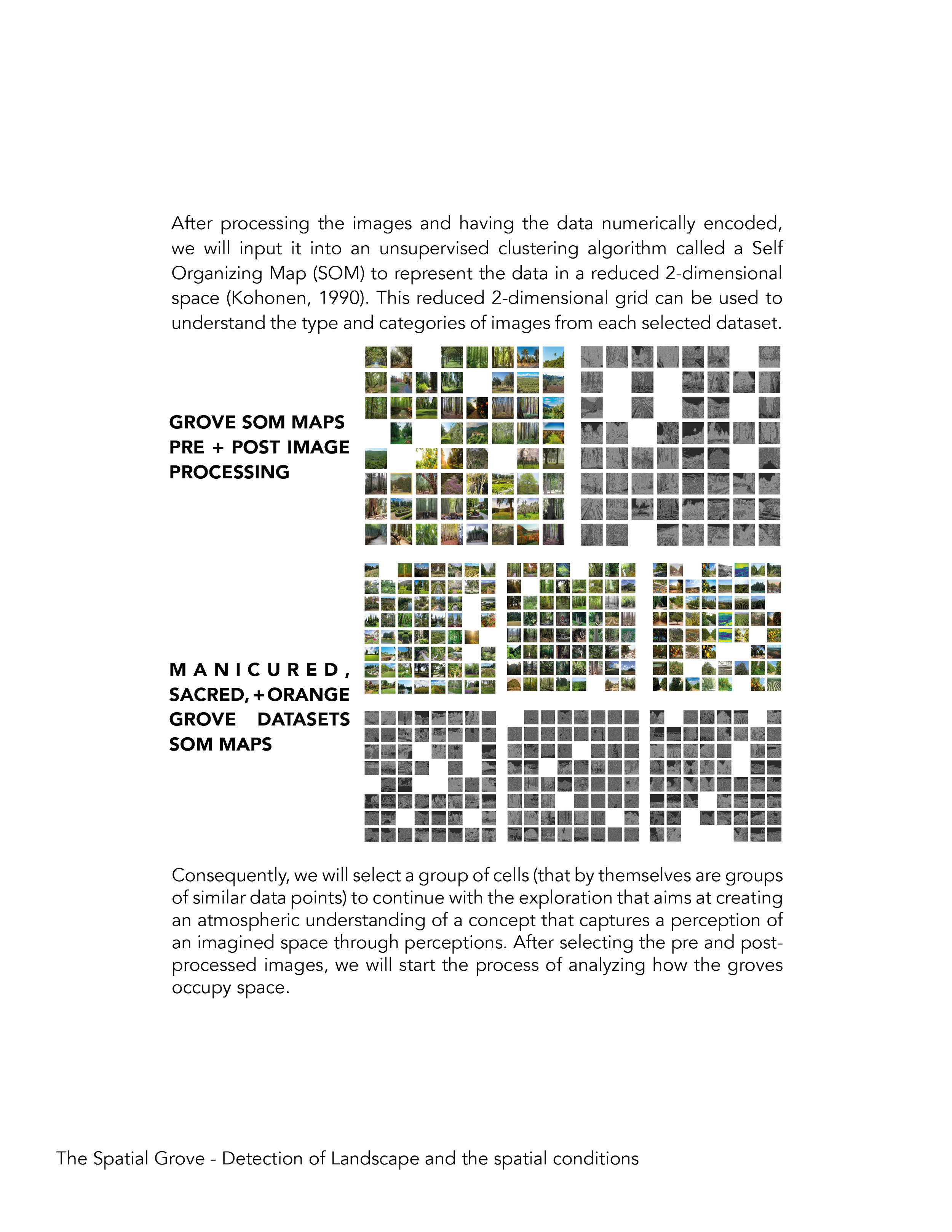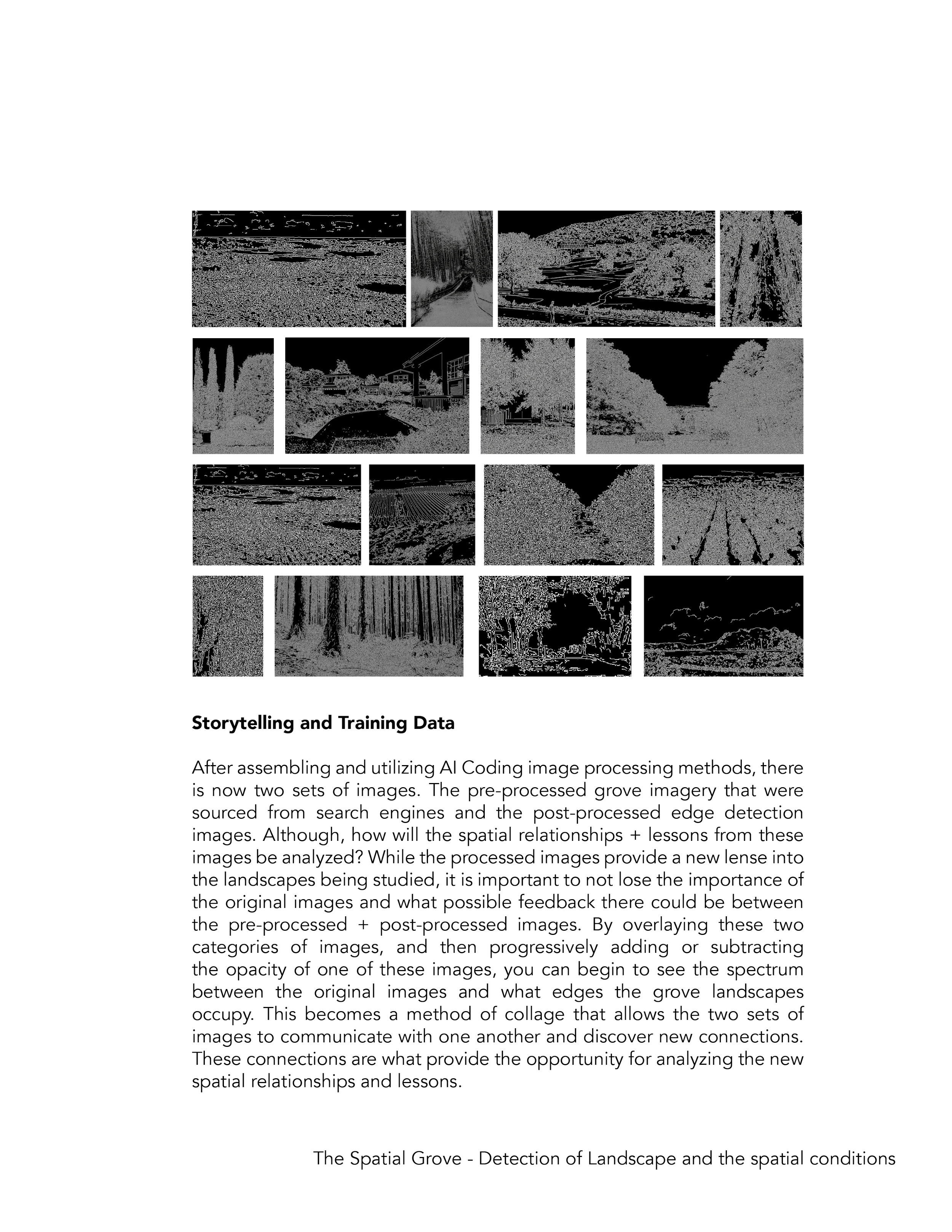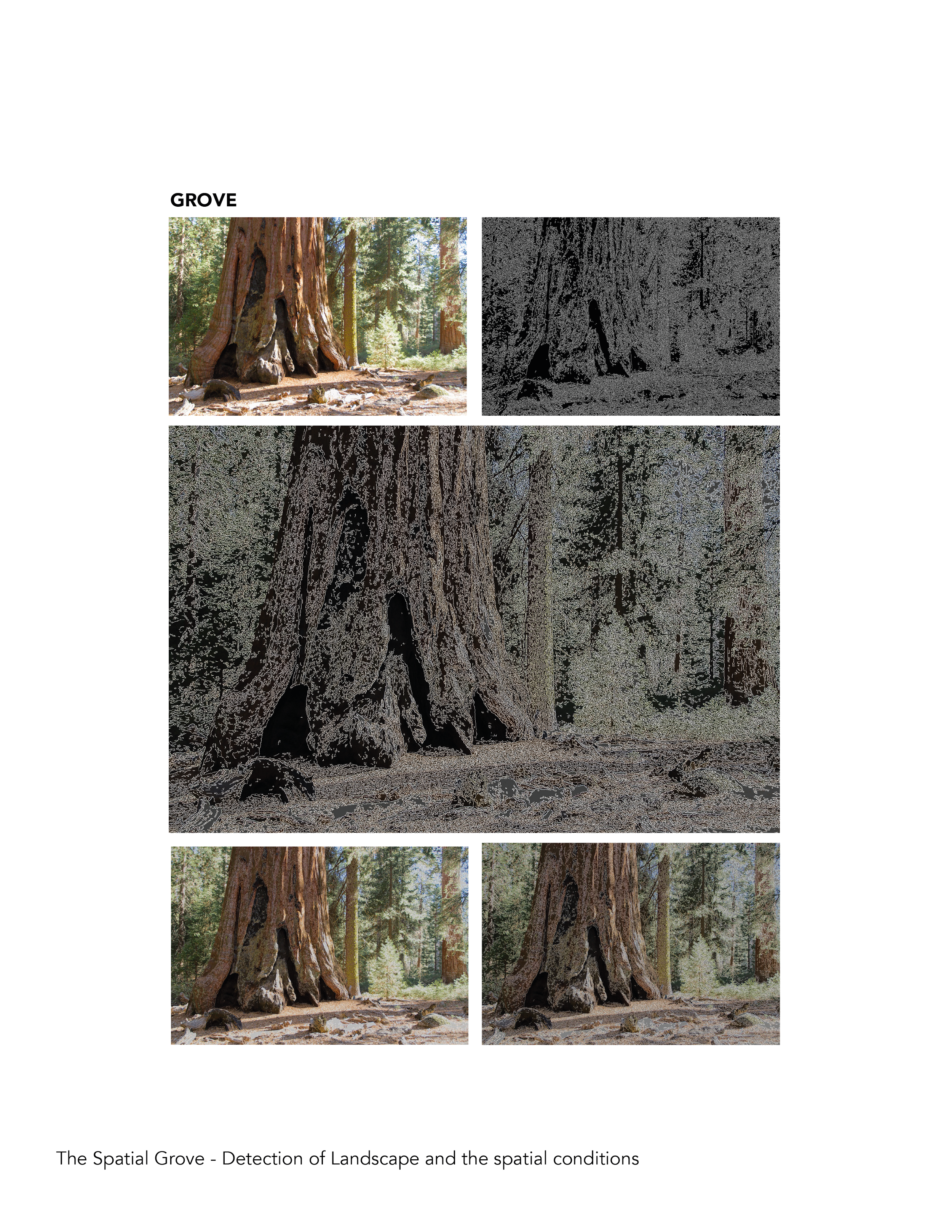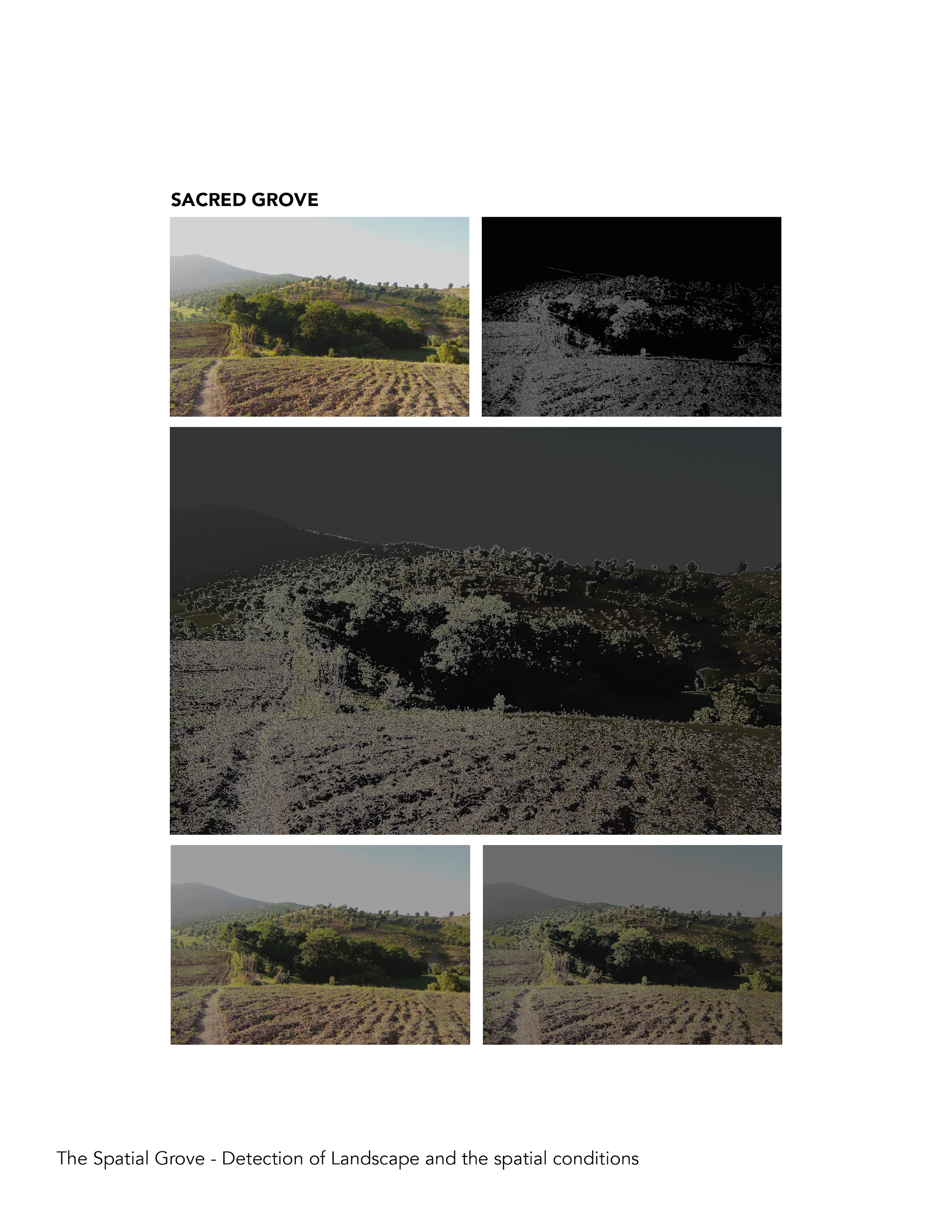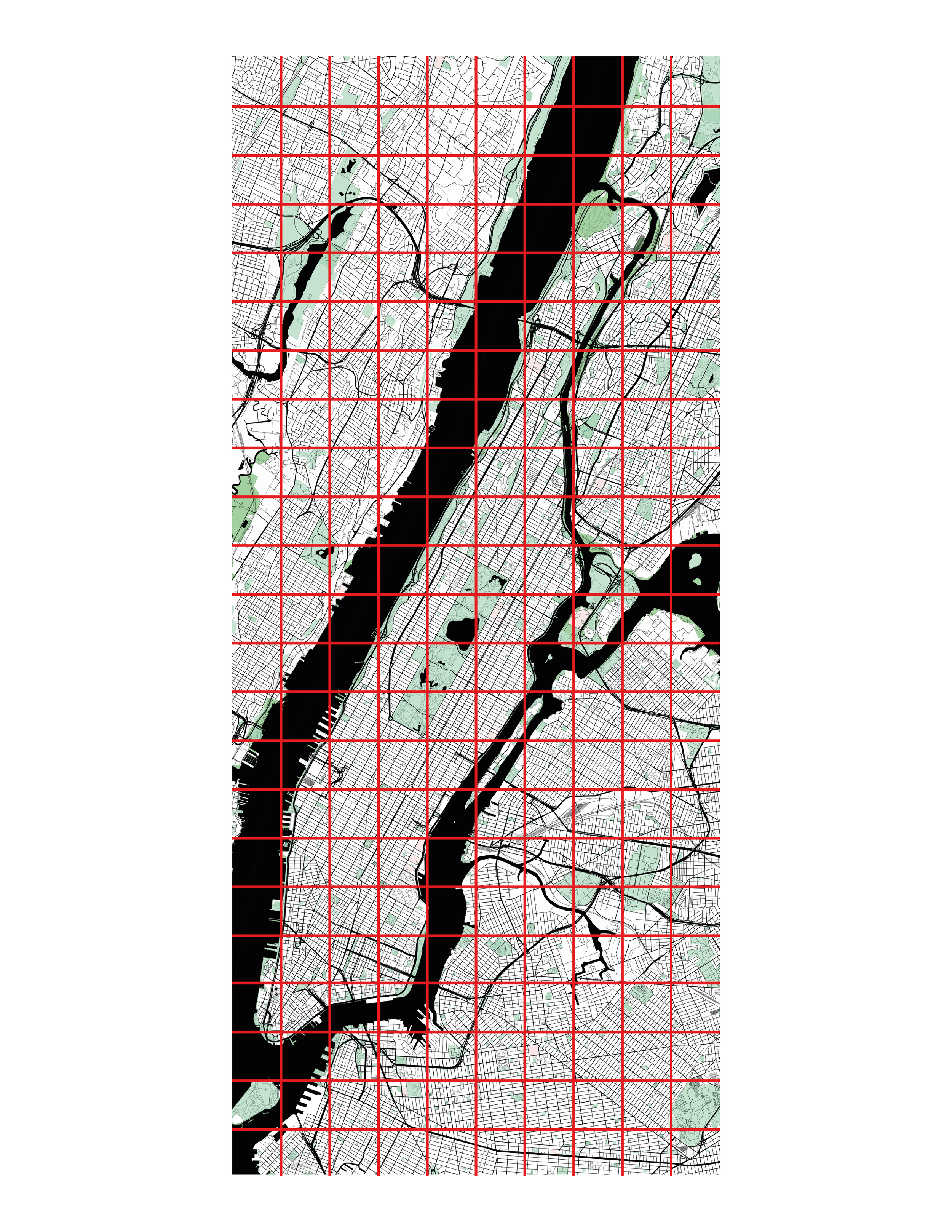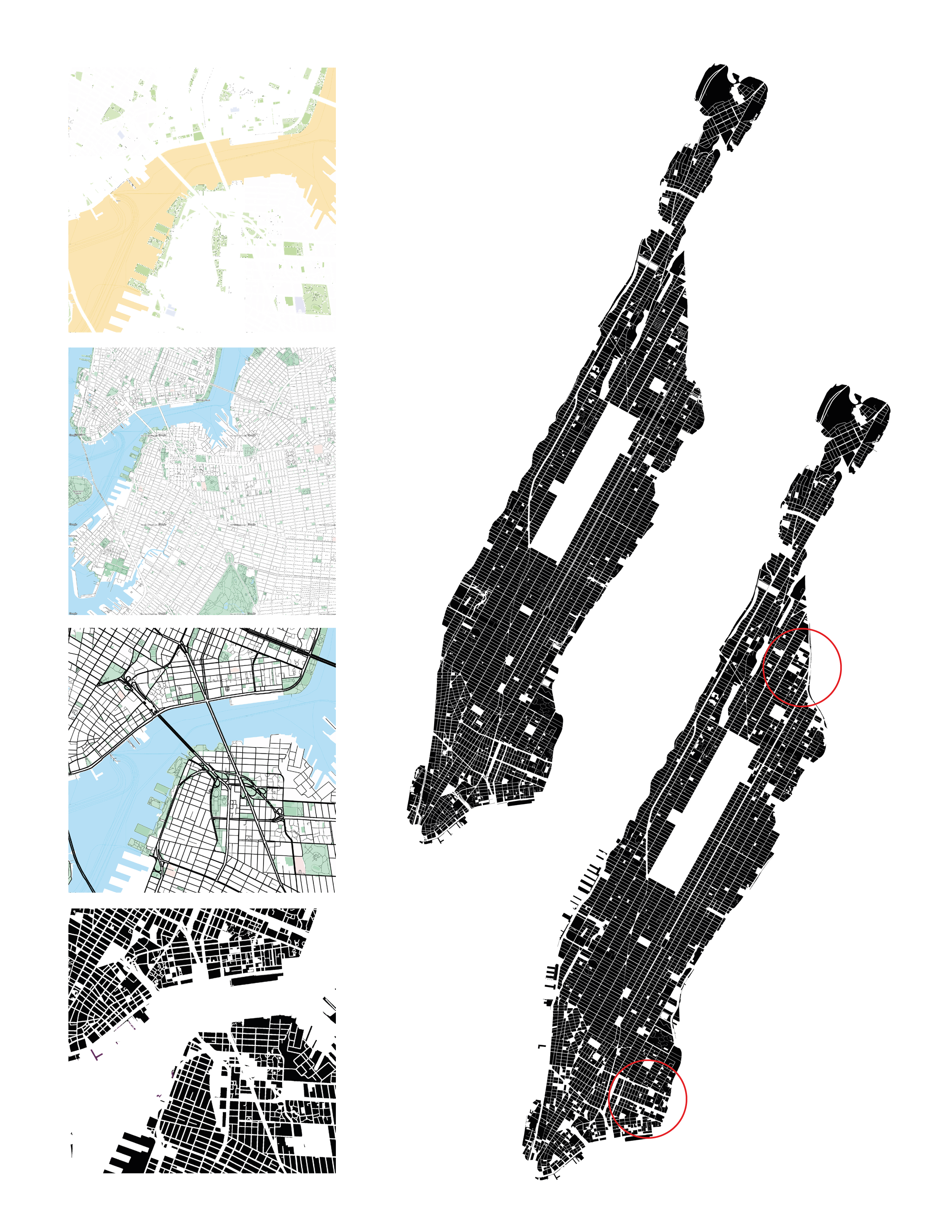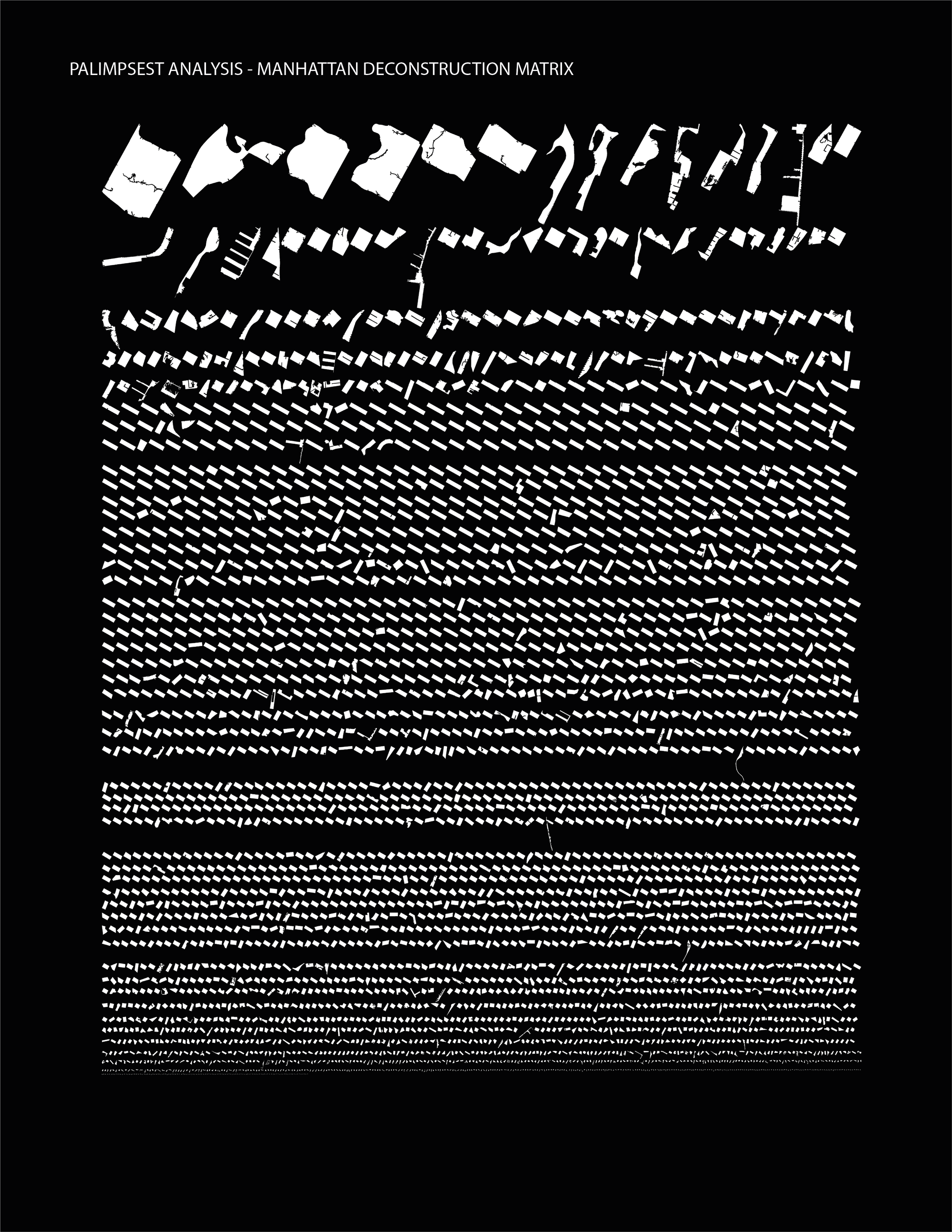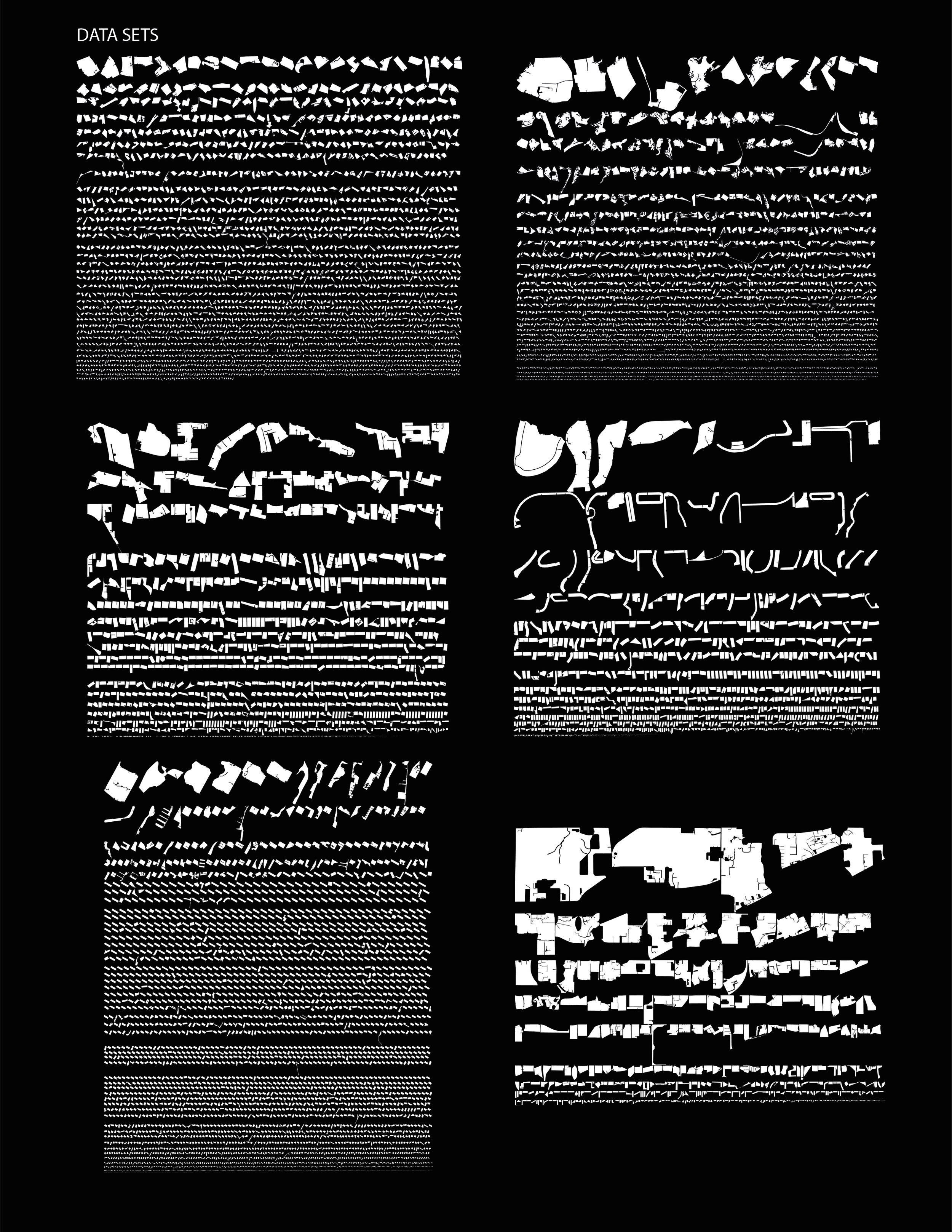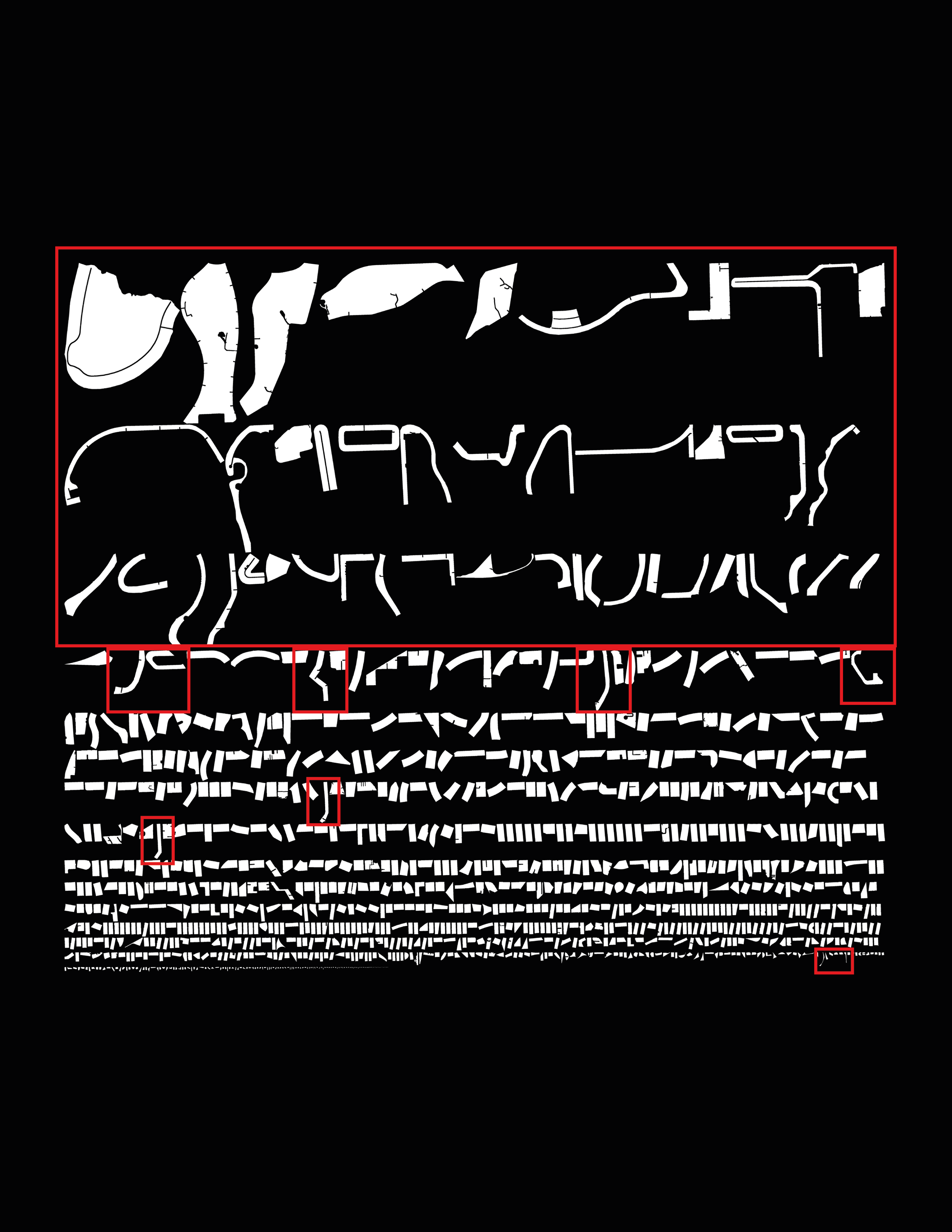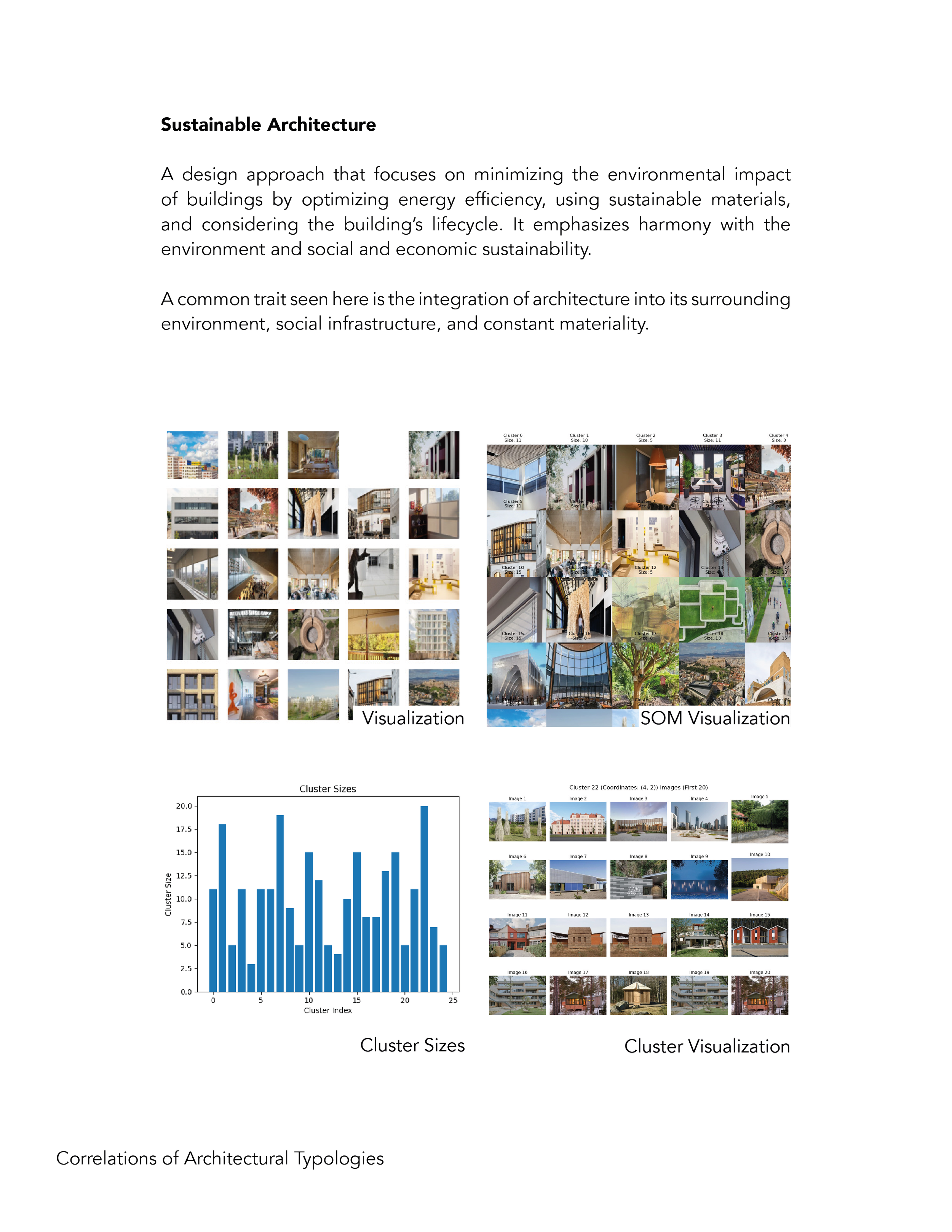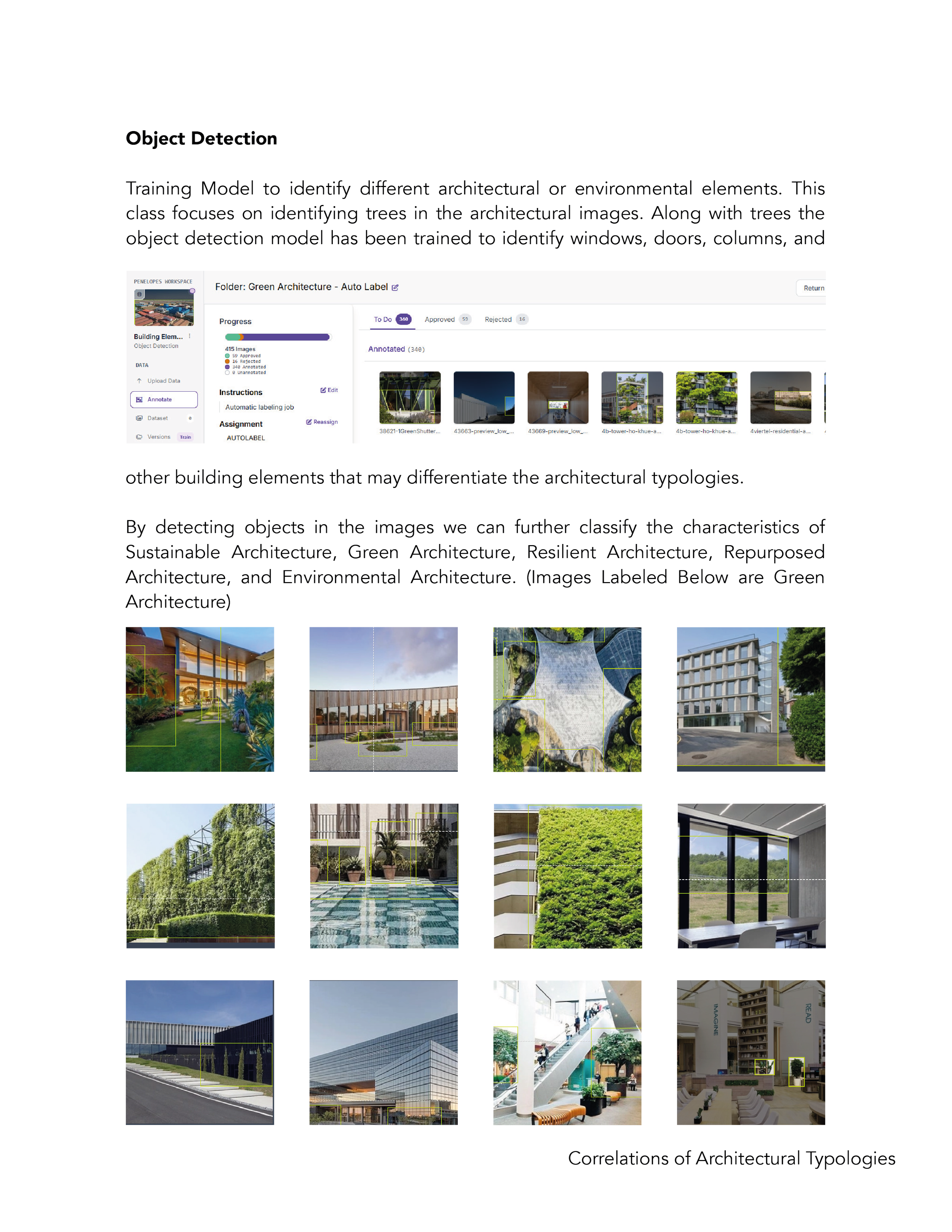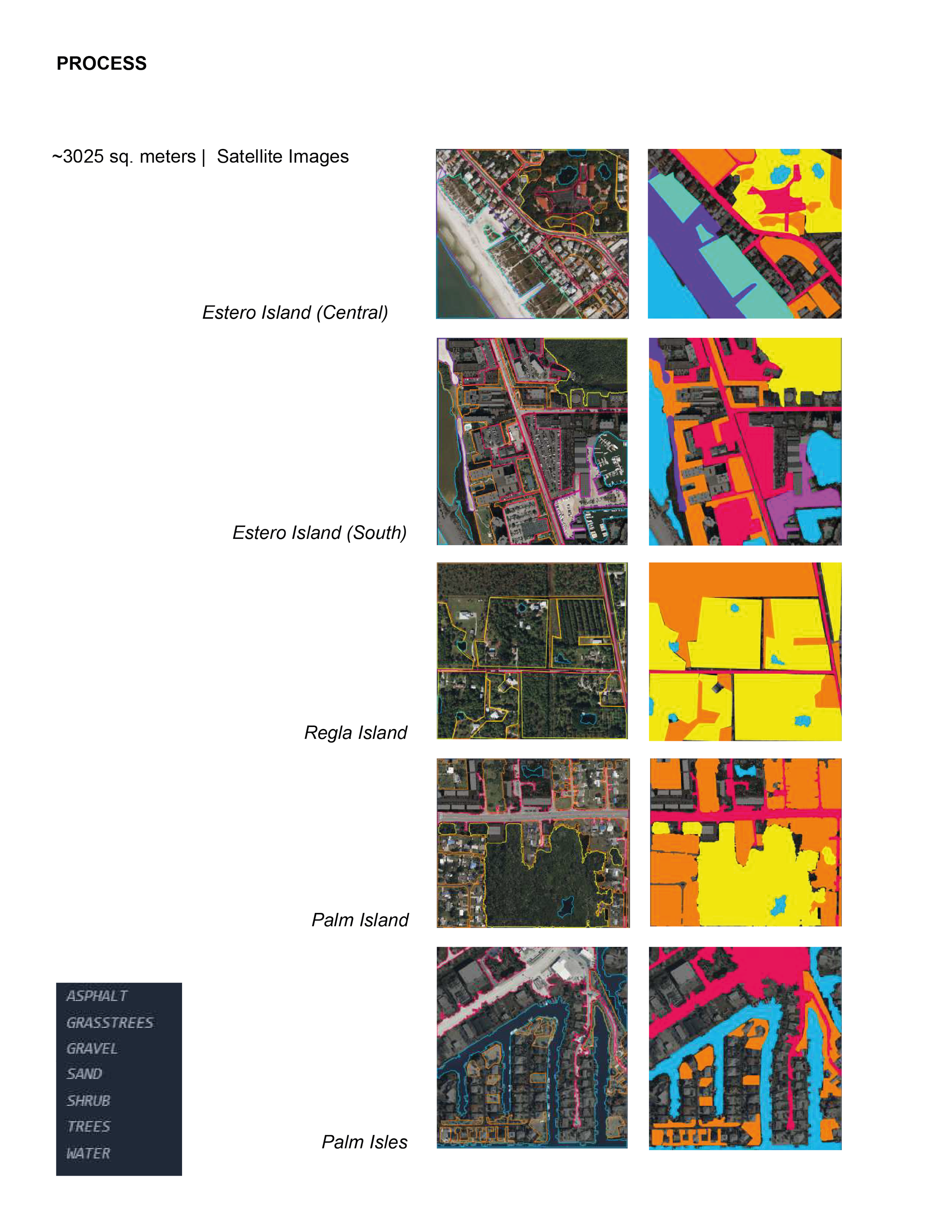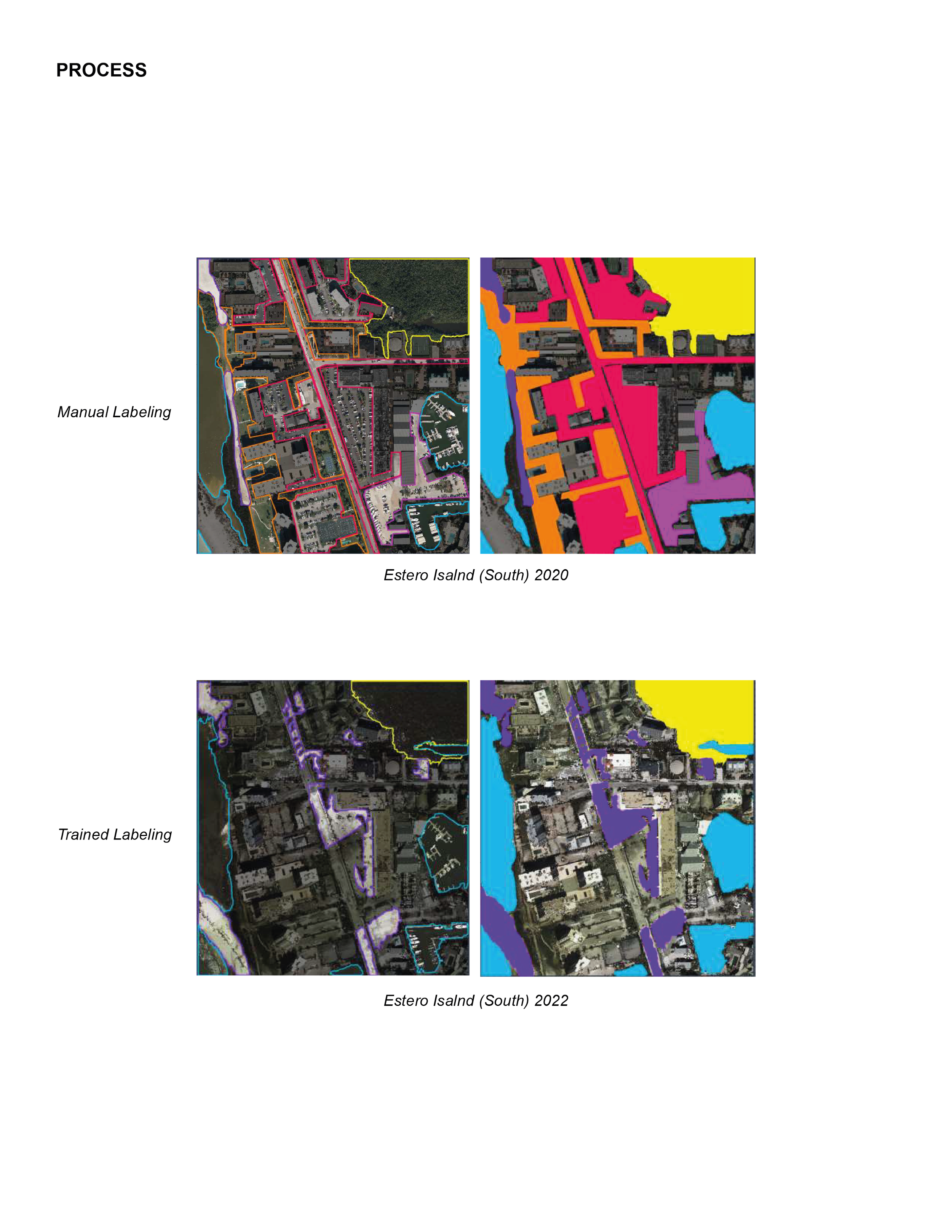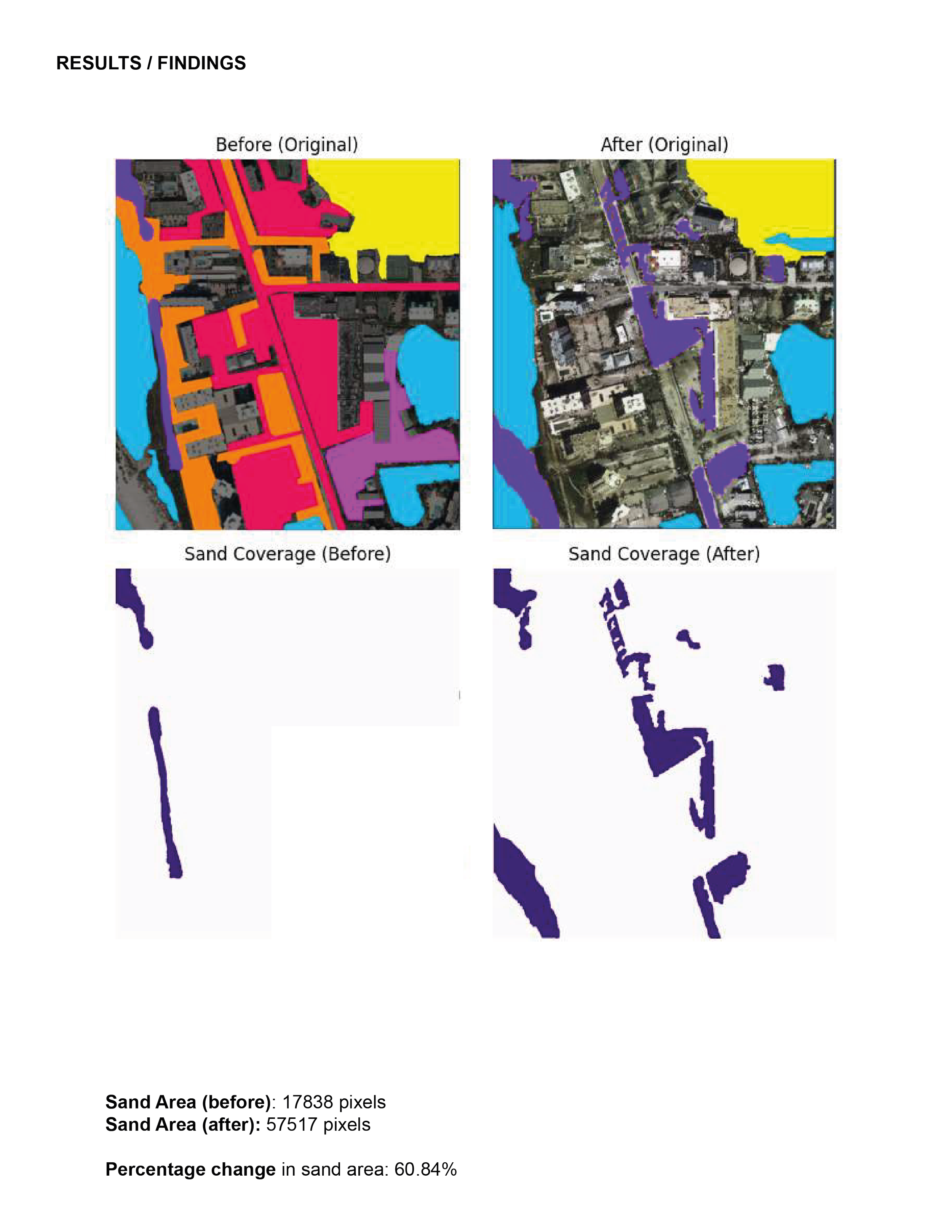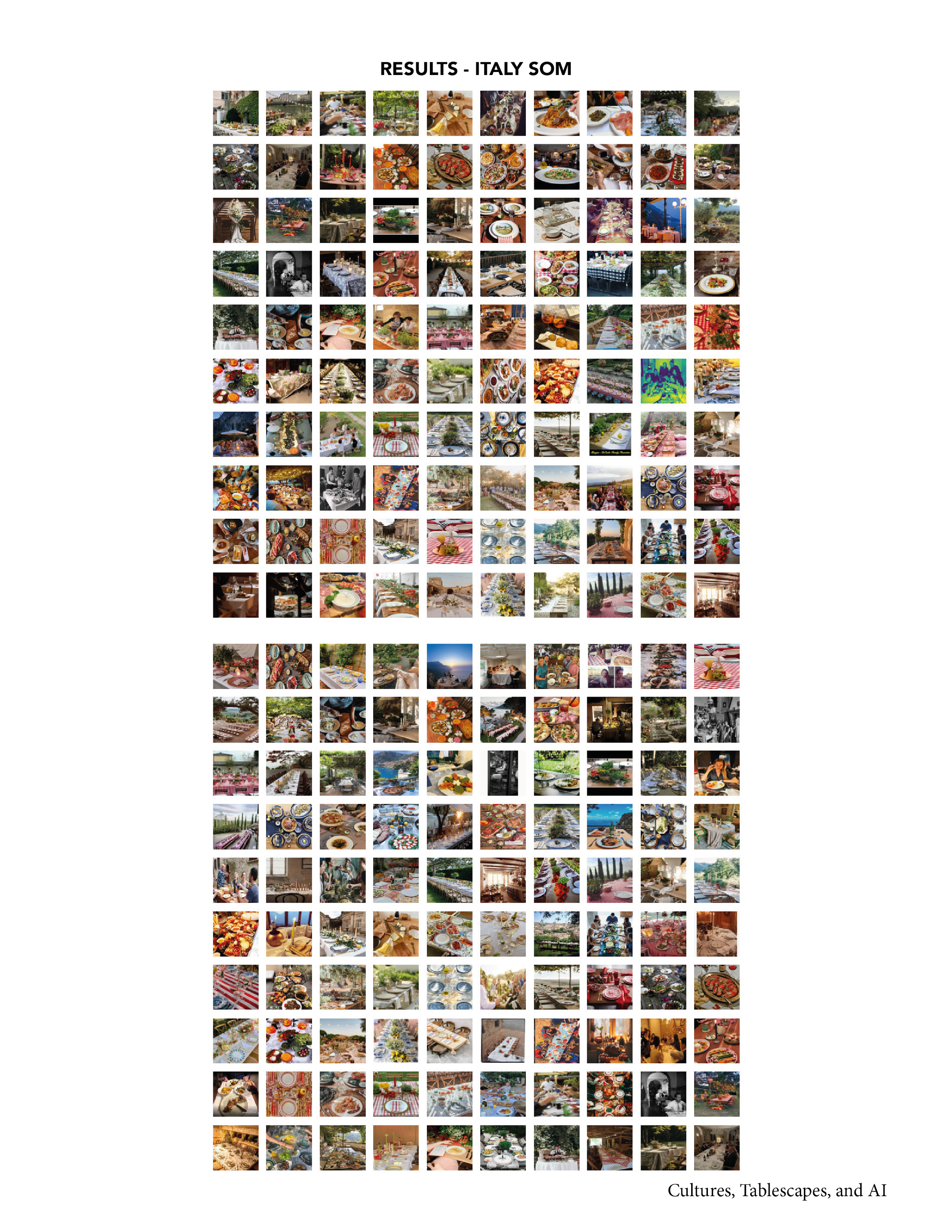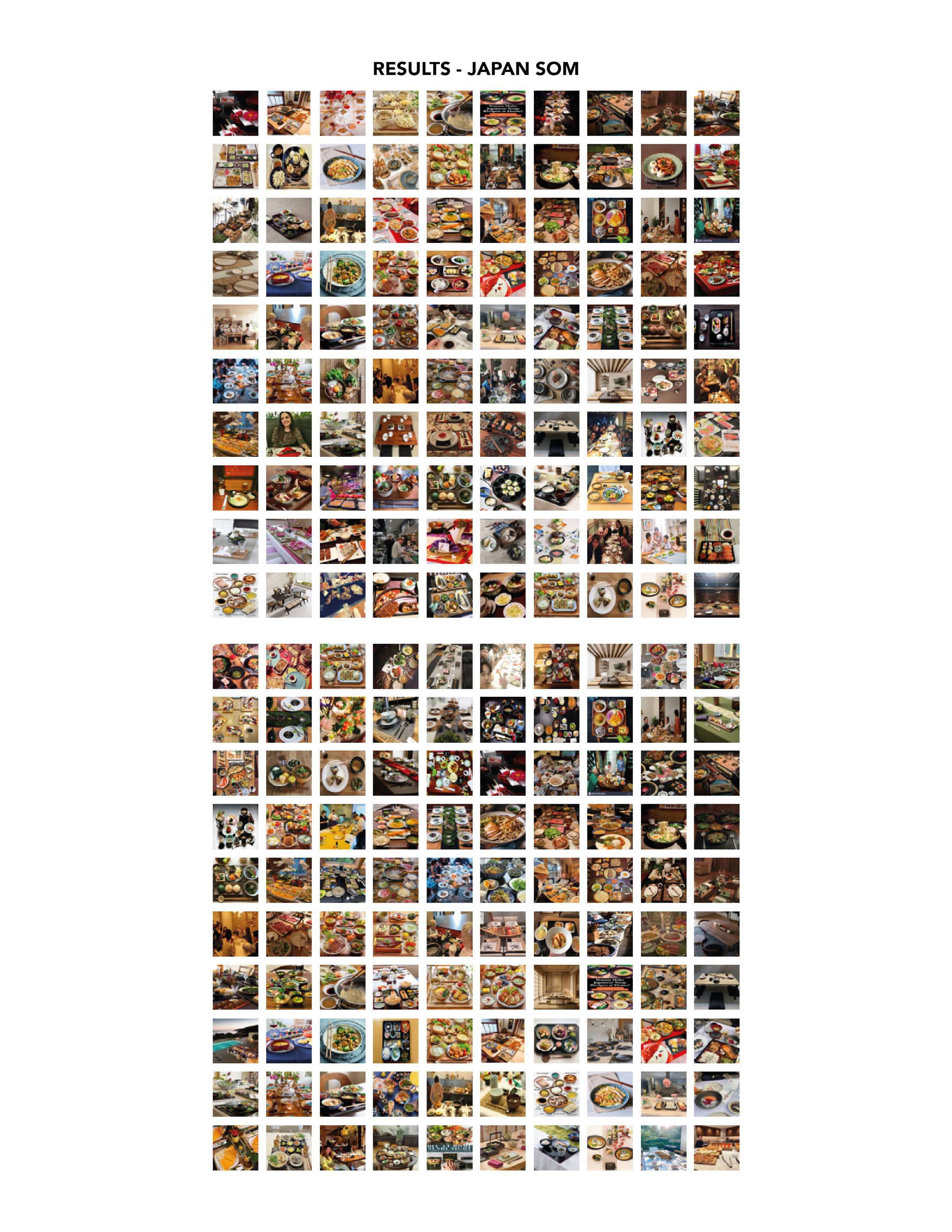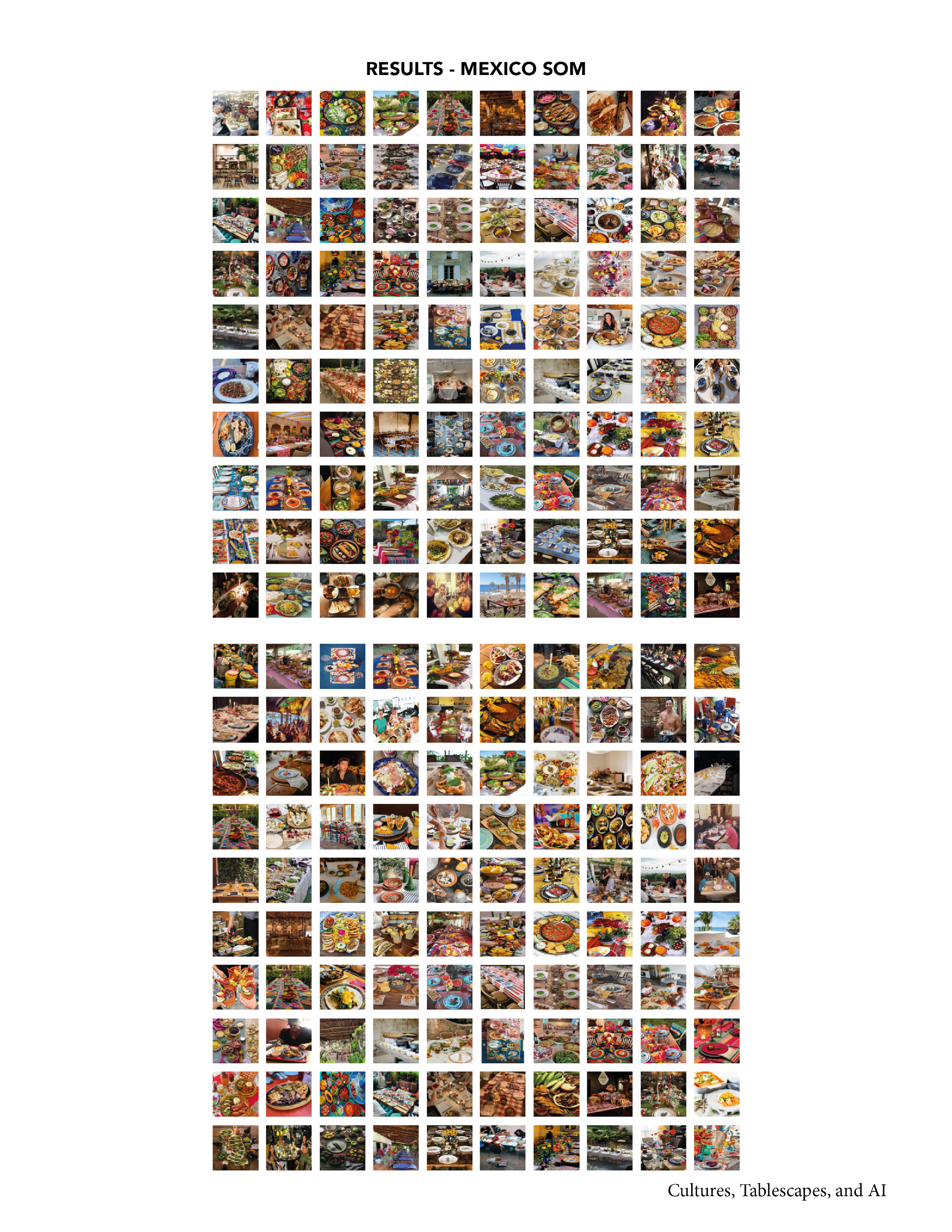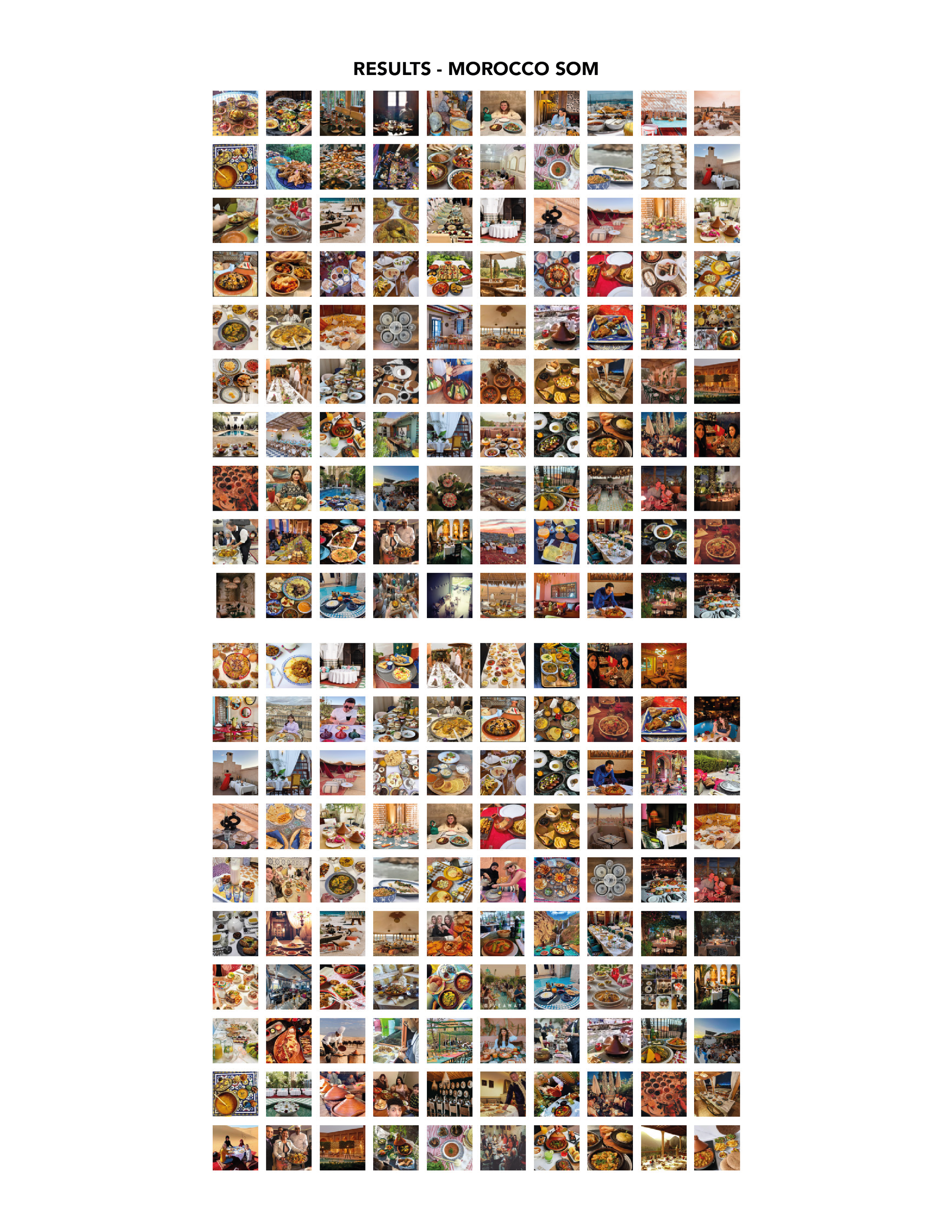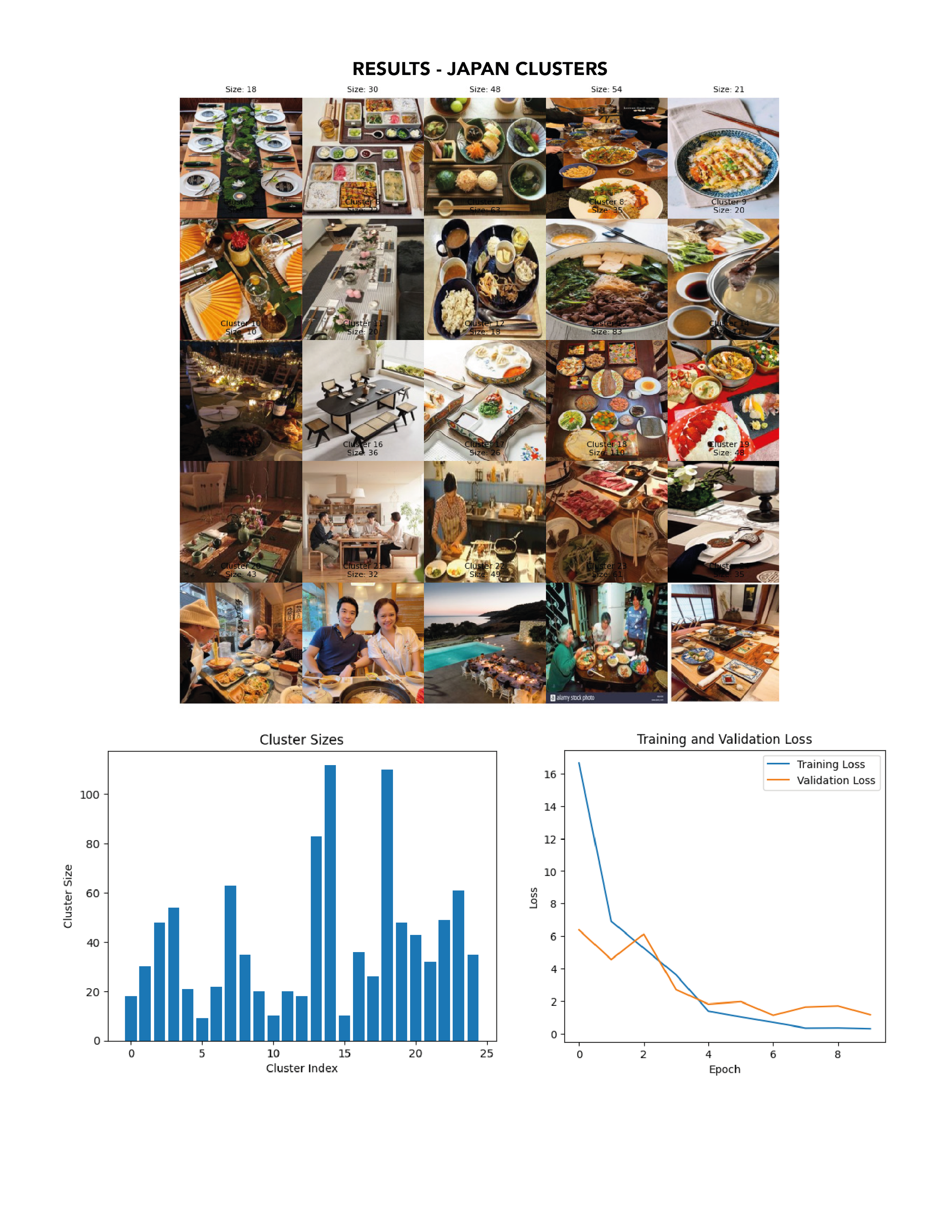Course Description
Students will apply state-of-the-art AI and Machine Learning (ML) algorithms in different architectural design processes. They will emphasize AI as a paradigm for critical thinking and idea development, rather than relying solely on AI for optimization and decision-making. This course will focus on experimentation and application.
The Global Network
The second movement (in 1970) changed the mechanical point of view inherited from the Industrial Revolution to a network point of view. This vector created the Internet, which collapsed both the ability to communicate and to record knowledge over time. The internet also changed architectural practices from one with limited resources to one that can access a lot of information or big data to enrich their work. And thanks to this data today there is the massive application of artificial intelligence algorithms. So, I wonder how AI algorithms will influence the next 30 years.
AI Research Areas
In their classic 1995 book Artificial Intelligence: A Modern Approach, Stuart Russel and Peter Norvig divided AI into five research areas based on the Turing test: machine learning, expert systems, computer vision, natural language processing, robotics, and automatic generation.
With the current abundance of data and artificial intelligence algorithms, the aim is neither to resolve problems by assigning all responsibilities to artificial intelligence nor to create projects based solely on human intelligence. These two forms of intelligence have specific assets and capabilities that should be brought together to interact. The more they interact, the more both bits of intelligence gain. This class guided students to explore the AI process applied to a research question, understand the steps to arrive at a prediction, and be aware of the validation methods.
Computation
If we look back at the history of computation, we see that we have gone through a wild movement of decentralization from monofunctional machines to a world of applications.
We have gone From one computer-many people (1943) to one person computer (1974), and today, we have reached a radical inversion with one-person devices (2021). Those devices continuously record our day-to-day lives.
Artificial Intelligence
AI has two branches of research: the first goes towards reducing human intelligence to symbolic manipulation. And the second goes towards a simulation of neurological behavior. The first, on the left, concerns rule-based systems, such as decision trees, and is based on logic. The second, on the right, investigates the creation of artificial neural networks.
Today’s Artificial Intelligence
Nowadays, these branches have been merged. Before, each one focused on one type of data, but now algorithms like CHATGPT fuse data. These artificial intelligence algorithms can be considered problem-solving tools. However, from my point of view, nowadays, instead of solving problems, AI dissolves them.
Sample of Student’s Work
This course focused on experimenting and applying state-of-the-art ML algorithms in architecture practices, from faculty, planning, design, and construction.






